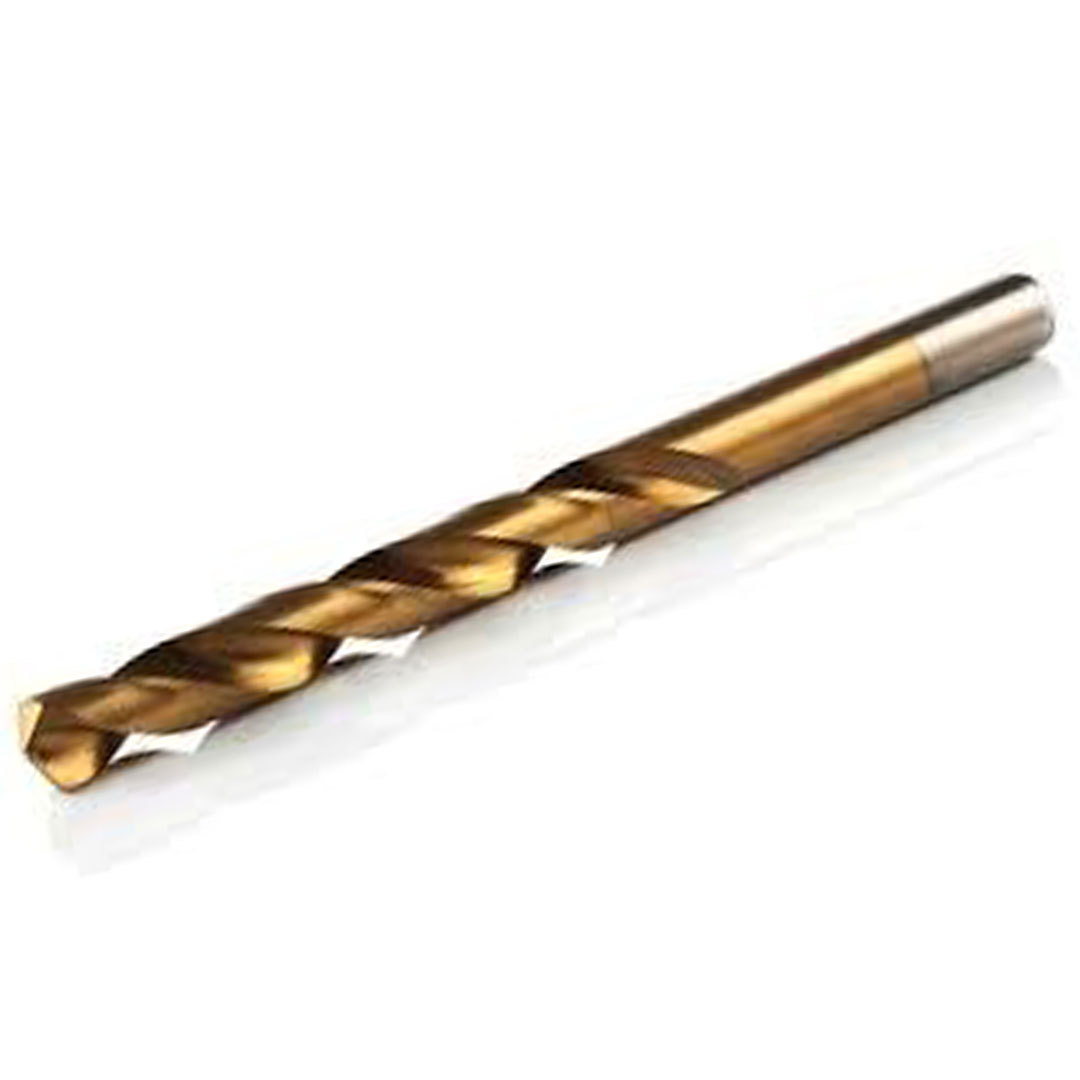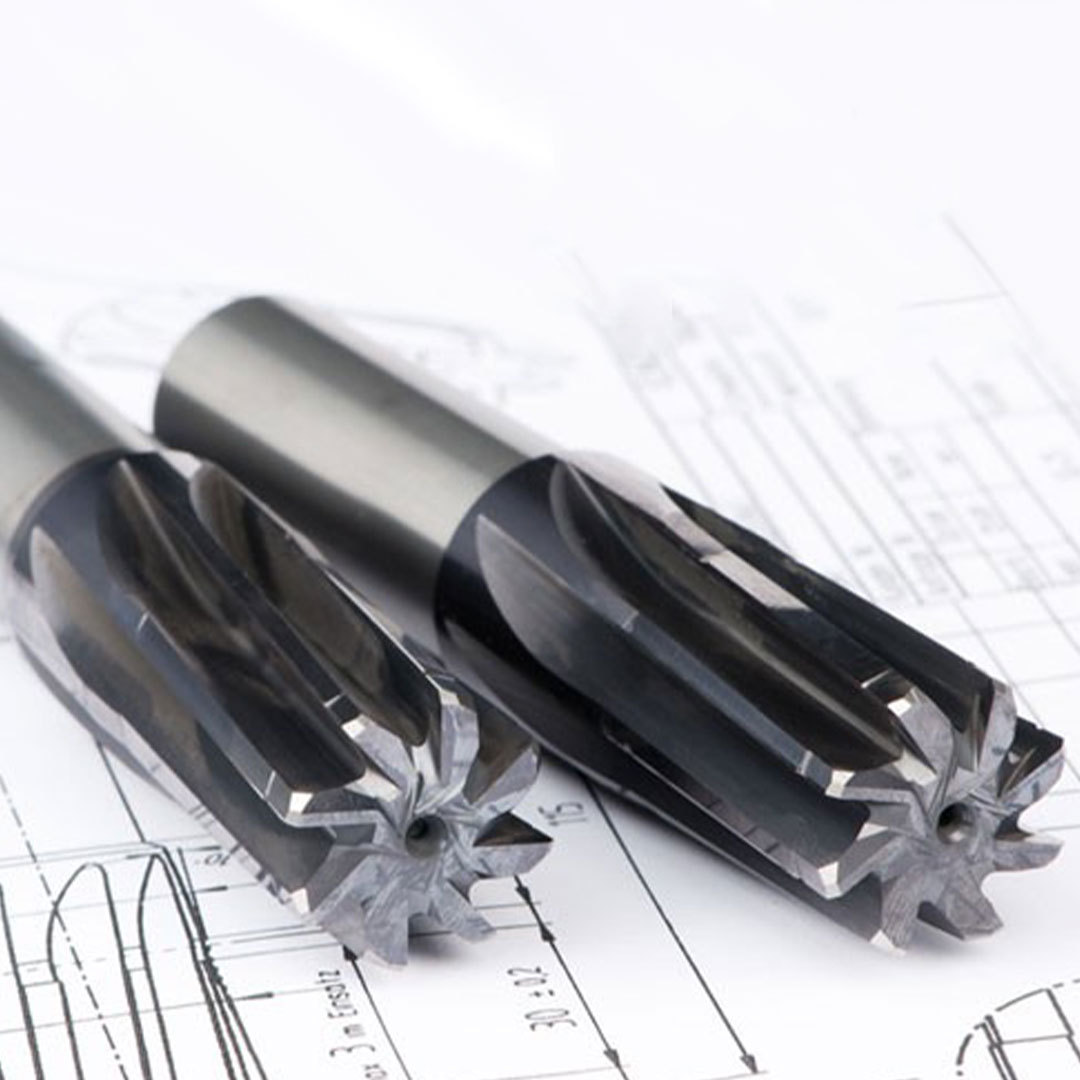Coating on cutting tools is applied to improve their performance and extend their lifespan. The coating can provide a barrier against wear and tear, heat, and corrosion, which can help to extend the life of the tool. Additionally, coatings can improve the cutting performance of the tool by reducing friction and by providing a smooth surface finish on the workpiece.
The main reasons for applying coatings on cutting tools are:
Coatings can be applied to a wide range of cutting tools and materials, including high-speed steel, carbide, ceramics, and other specialized cutting tools.

Titanium Nitride (TiN) coating is a popular coating applied on cutting tools to improve their performance and extend their lifespan. TiN is a hard, wear-resistant ceramic material that is applied to the cutting edge of a tool through a process called physical vapor deposition (PVD). A versatile, general-purpose coating for cutting, forming, injection molding, etc. Ideal for moderately abrasive applications.

Titanium Aluminum Nitride (TiAlN) coating is a type of coating applied on cutting tools to improve their performance and extend their lifespan. Like TiN and TiCN coating, TiAlN is a hard, wear-resistant ceramic material that is applied to the cutting edge of a tool through a process called physical vapor deposition (PVD). A universal, high-performance coating for cutting, drilling, milling, reaming, turning and dry machining.

Diamond Coated (DCC) coating is a type of coating applied on cutting tools to improve their performance and extend their lifespan. The coating is composed of diamond particles, which are applied to the cutting edge of a tool through a process called chemical vapor deposition (CVD) or physical vapor deposition (PVD).